VW ID.4 vs Voyah Free – Which car suits you better?
Both models have their strengths – but which one suits you more?
Compare performance, efficiency, price and space directly: VW ID.4 or Voyah Free?
Costs and Efficiency:
When it comes to price and running costs, the biggest differences usually appear. This is often where you see which car fits your budget better in the long run.
VW ID.4 has a significantly advantage in terms of price – it starts at 34600 £, while the Voyah Free costs 51400 £. That’s a price difference of around 16848 £.
In terms of energy consumption, the advantage goes to the VW ID.4: with 15.60 kWh per 100 km, it’s evident more efficient than the Voyah Free with 20.20 kWh. That’s a difference of about 4.60 kWh.
As for range, the VW ID.4 performs slightly better – achieving up to 569 km, about 69 km more than the Voyah Free.
Engine and Performance:
Under the bonnet, it becomes clear which model is tuned for sportiness and which one takes the lead when you hit the accelerator.
When it comes to engine power, the Voyah Free has a evident edge – offering 490 HP compared to 340 HP. That’s roughly 150 HP more horsepower.
In acceleration from 0 to 100 km/h, the Voyah Free is distinct quicker – completing the sprint in 4.40 s, while the VW ID.4 takes 5.40 s. That’s about 1 s faster.
In terms of top speed, the Voyah Free performs slight better – reaching 200 km/h, while the VW ID.4 tops out at 180 km/h. The difference is around 20 km/h.
There’s also a difference in torque: Voyah Free pulls hardly perceptible stronger with 720 Nm compared to 679 Nm. That’s about 41 Nm difference.
Space and Everyday Use:
Cabin size, boot volume and payload all play a role in everyday practicality. Here, comfort and flexibility make the difference.
Both vehicles offer seating for 5 people.
In curb weight, VW ID.4 is barely noticeable lighter – 1975 kg compared to 2150 kg. The difference is around 175 kg.
In terms of boot space, the Voyah Free offers minimal more room – 560 L compared to 543 L. That’s a difference of about 17 L.
In maximum load capacity, the VW ID.4 performs a bit better – up to 1575 L, which is about 255 L more than the Voyah Free.
When it comes to payload, Voyah Free minimal takes the win – 605 kg compared to 551 kg. That’s a difference of about 54 kg.
Who comes out on top?
Overall, the VW ID.4 shows itself to be has a very small edge and secures the title of DriveDuel Champion.
It convinces with the more balanced overall package and proves to be the more versatile choice for everyday use.

VW ID.4
VW ID.4
The VW ID.4 represents Volkswagen's commitment to the electric vehicle market, combining contemporary design with sustainability. Its spacious interior and intuitive technology make it an attractive choice for those seeking comfort and innovation in an eco-friendly package. With a focus on electric performance and practicality, this car is set to be a popular option among environmentally-conscious drivers.
details @ Volkswagen
@ Volkswagen
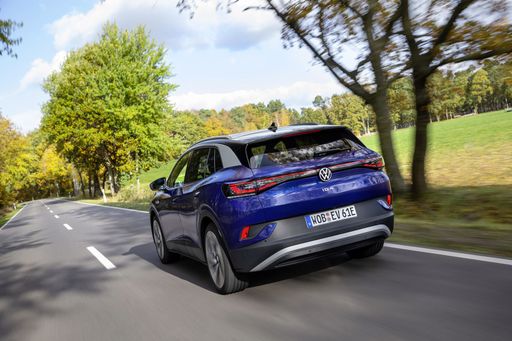 @ Volkswagen
@ Volkswagen
 @ Volkswagen
@ Volkswagen
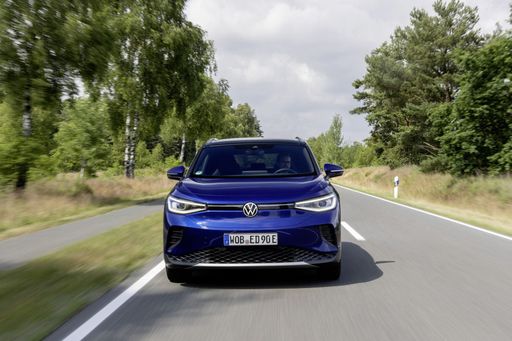 @ Volkswagen
@ Volkswagen
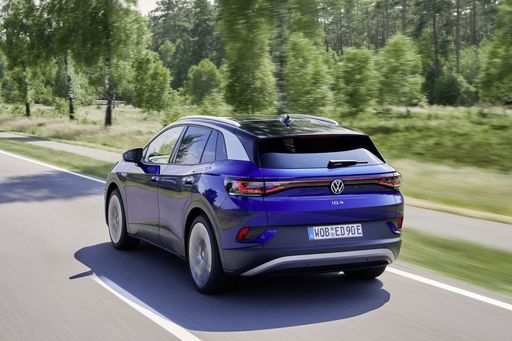 @ Volkswagen
@ Volkswagen
 @ Volkswagen
@ Volkswagen
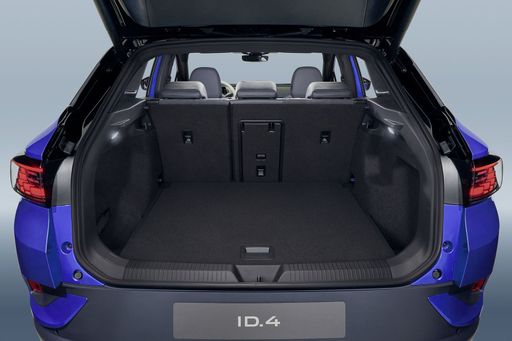 @ Volkswagen
@ Volkswagen
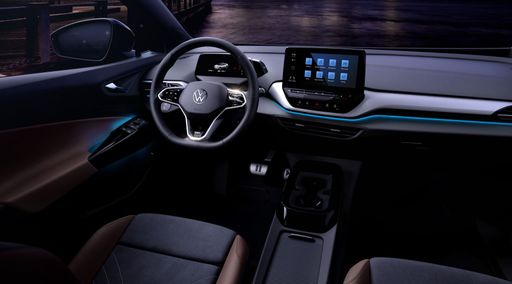 @ Volkswagen
@ Volkswagen
Voyah Free
The Voyah Free is a luxurious all-electric SUV that combines cutting-edge technology with a sleek, modern design. Inside, the spacious cabin offers premium materials and a host of high-tech features, ensuring a comfortable and engaging driving experience. With its impressive performance and environmentally friendly credentials, the Voyah Free is positioned as a compelling choice in the growing market for electric vehicles.
details

|
|
|
|
|
Costs and Consumption |
|
|---|---|
|
Price
34600 - 47200 £
|
Price
51400 - 66000 £
|
|
Consumption L/100km
-
|
Consumption L/100km
-
|
|
Consumption kWh/100km
15.6 - 17 kWh
|
Consumption kWh/100km
20.20 kWh
|
|
Electric Range
356 - 569 km
|
Electric Range
259 - 500 km
|
|
Battery Capacity
52 - 77 kWh
|
Battery Capacity
-
|
|
co2
0 g/km
|
co2
0 g/km
|
|
Fuel tank capacity
-
|
Fuel tank capacity
-
|
Dimensions and Body |
|
|---|---|
|
Body Type
SUV
|
Body Type
SUV
|
|
Seats
5
|
Seats
5
|
|
Doors
5
|
Doors
5
|
|
Curb weight
1975 - 2248 kg
|
Curb weight
2150 - 2340 kg
|
|
Trunk capacity
543 L
|
Trunk capacity
560 L
|
|
Length
4582 - 4584 mm
|
Length
4905 mm
|
|
Width
1852 mm
|
Width
1950 mm
|
|
Height
1619 - 1634 mm
|
Height
1645 mm
|
|
Max trunk capacity
1575 L
|
Max trunk capacity
1320 L
|
|
Payload
511 - 551 kg
|
Payload
605 kg
|
Engine and Performance |
|
|---|---|
|
Engine Type
Electric
|
Engine Type
Electric, Plugin Hybrid
|
|
Transmission
Automatic
|
Transmission
Automatic
|
|
Transmission Detail
Reduction Gearbox
|
Transmission Detail
Reduction Gearbox
|
|
Drive Type
Rear-Wheel Drive, All-Wheel Drive
|
Drive Type
All-Wheel Drive, Rear-Wheel Drive
|
|
Power HP
170 - 340 HP
|
Power HP
272 - 490 HP
|
|
Acceleration 0-100km/h
5.4 - 9 s
|
Acceleration 0-100km/h
4.4 - 7.6 s
|
|
Max Speed
160 - 180 km/h
|
Max Speed
180 - 200 km/h
|
|
Torque
310 - 679 Nm
|
Torque
410 - 720 Nm
|
|
Number of Cylinders
-
|
Number of Cylinders
4
|
|
Power kW
125 - 250 kW
|
Power kW
200 - 360 kW
|
|
Engine capacity
-
|
Engine capacity
1499 cm3
|
General |
|
|---|---|
|
Model Year
2023 - 2025
|
Model Year
2024 - 2025
|
|
CO2 Efficiency Class
A
|
CO2 Efficiency Class
A
|
|
Brand
VW
|
Brand
Voyah
|
Is the VW ID.4 offered with different drivetrains?
Available configurations include Rear-Wheel Drive or All-Wheel Drive.
The prices and data displayed are estimates based on German list prices and may vary by country. This information is not legally binding.
